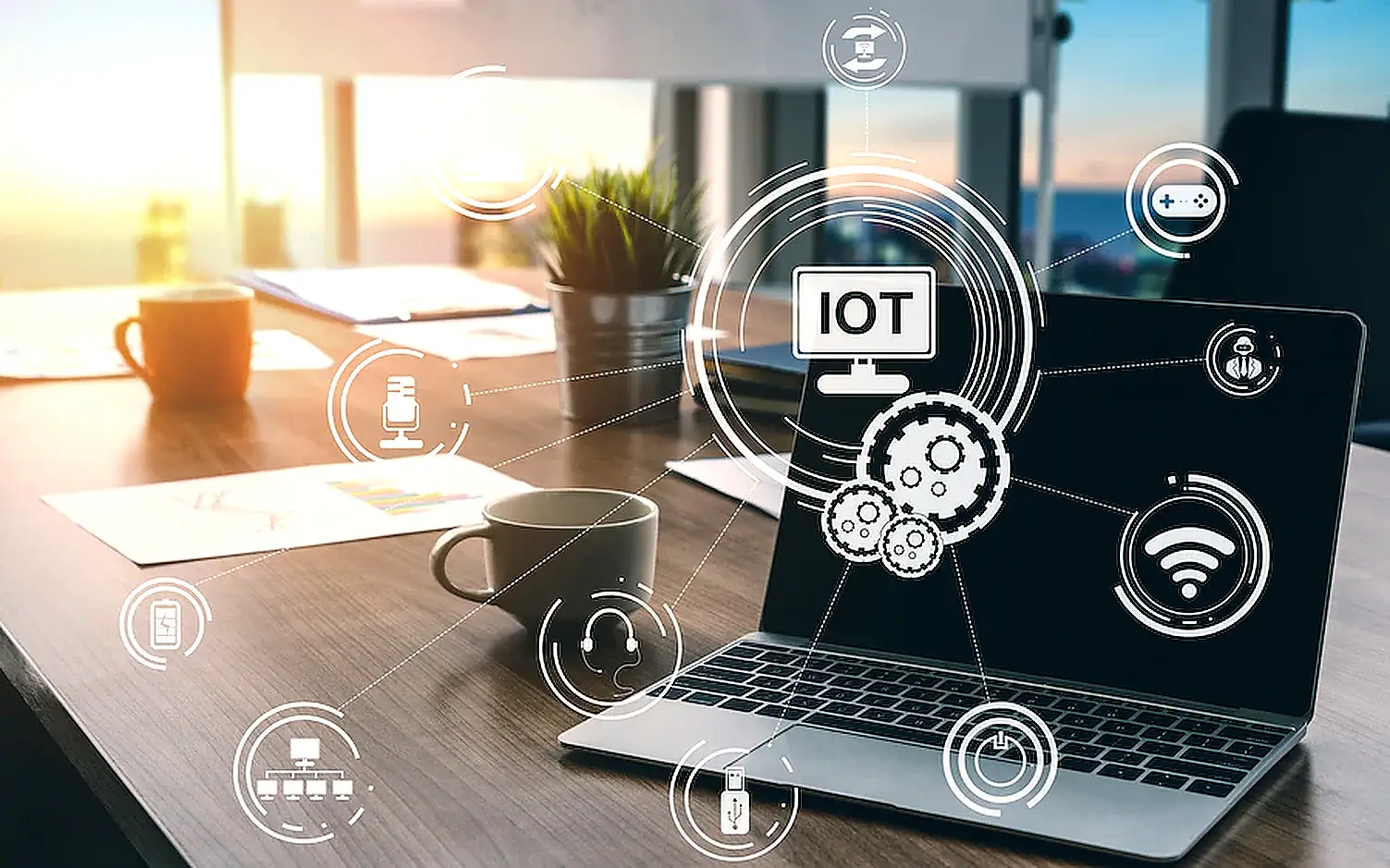The Internet of Things (IoT) defines the network of physical objects “things” embedded with software, sensors, and other technologies to connect and trade data with different gadgets and systems over the internet. These devices vary from standard household objects to sophisticated industrial tools. More than 7 billion are connected to IoT devices today, and specialists expect this number to expand upto 22 billion by 2025. We can combine everyday objects, thermostats, kitchen appliances, cars, baby monitors to the internet via entrenched devices; seamless communication is feasible between people, processes, and things.
By Utilizing low-cost computing, big data, the cloud, analytics, and mobile technologies, material things can transfer and compile data with the tiniest human intervention. In this hyperconnected world, digital systems record, monitor, and adjust each interaction between related items. The physical world encounters the digital world and they cooperate.
IOT APPLICATIONS
Business-ready, SaaS IoT Applications
I0T Intelligent Applications are prebuilt software-as-a-service (SaaS) applications that analyze and showcase seized IoT sensor data to business users via dashboards. We have a complete set of IoT Intelligent Applications.
IoT applications employ machine learning algorithms to examine enormous portions of corresponding sensor data in the cloud. As a result, we can use real-time IoT dashboards and alerts to gain visibility into statistics between failures, key performance indicators, and other information. In addition, machine learning–based algorithms can identify equipment anomalies, transmit signals to users, and trigger automated fixes or proactive countermeasures.
Cloud-based IoT applications help business users quickly improve the process of existing customer service, supply chains, financial services, and human resources.
IoT provides sensor information and enables device-to-device communication, driving a broad set of applications.
What technologies have made IoT possible?
While IoT has existed for a long time, recent advances in several different technologies have made it valuable.
Access to low-cost, low-power sensor technology
IoT technology is possible for more manufacturers because it is affordable and reliable.
Connectivity
It is easy to link sensors to the cloud and other “things” for efficient data transfer with the help of an innholder of Network protocols for the internet.
Cloud computing platforms
The increase in cloud platform availability enables businesses and consumers to access the infrastructure they need to scale up without managing it all.
Machine learning and analytics
With access to a large amount of data stored in the cloud and advancements in Machine learning and analytics, businesses can gather insights faster and more efficiently. The emergence of these associated technologies persists in forcing the peripheries of IoT, and the data assembled by IoT also feed these technologies.
Conversational artificial intelligence (AI)
Advances in neural networks have fetched natural-language processing (NLP) to IoT devices (such as Cortana, Siri, and digital personal assistants Alexa) and made them appealing, affordable, and viable for home use.
Related Tags
Internet of Things, Software, SaaS, Intelligent Applications, CyberSecurity, Connectivity, Cloud Computing, Machine Learning and Analytics.

